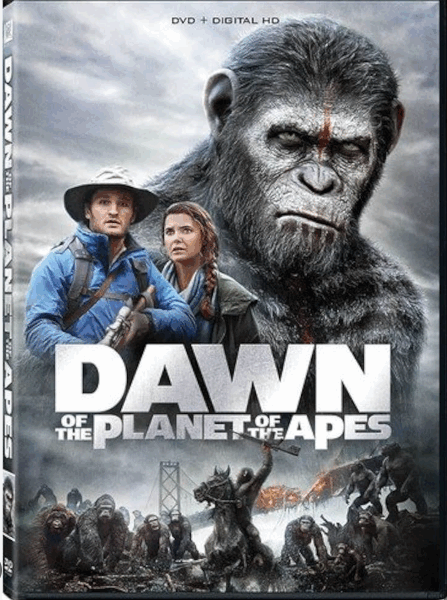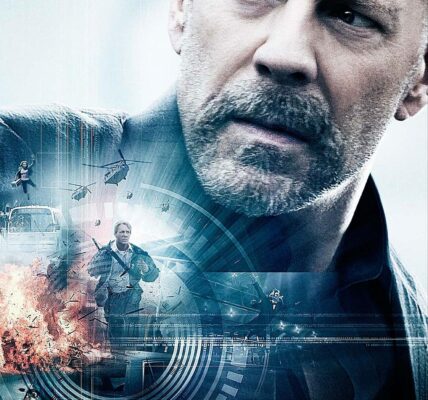1. Plot Summary
Set a decade after the Simian Flu decimates the human population, the apes—led by Caesar—have established a thriving society in the Muir Woods near San Francisco. A small human settlement led by Malcolm seeks to restore power via a hydroelectric dam and enters into a fragile truce with Caesar’s community. As efforts to cooperate build connections, internal tensions rise—particularly from Caesar’s lieutenant Koba, who harbors deep resentment toward humans. A betrayal erupts into all-out war, ultimately forcing Caesar and Malcolm to confront survival, loyalty, and the fate of their respective species.
2. Notable Elements
-
Motion‑Capture Mastery: Andy Serkis delivers a commanding performance as Caesar, delivering emotional depth through sophisticated motion-capture work. Toby Kebbell’s portrayal of Koba brings raw, internal turmoil to the apocalyptic tension.
-
Visual Realism & Cinematography: Stunning visuals and rich forest landscapes blend seamlessly with photorealistic apes. The visual effects team earned accolades including an Oscar nomination and wins from the Visual Effects Society and Critics’ Choice.
-
Tense Set Pieces: Key moments—such as the bridge escape and the tower siege—balance intimate character drama with large-scale conflict, building suspense and emotional stakes.
3. Themes & Messages
-
Trust vs. Betrayal: The film explores fragile alliances between humans and apes and shows how fear and preconceptions can unravel any hope for peace. Koba’s vendetta exemplifies how betrayal can tear societies apart from within.
-
Leadership & Morality: Caesar’s internal conflict—between vengeance and mercy—anchors the narrative. Malcolm’s diplomatic, cautious leadership contrasts sharply with Dreyfus’s militar ism, emphasizing different responses to fear and hope.
Advertisement -
Human Hubris & Environmental Reckoning: The apes’ rise and human decline highlight the consequences of genetic tampering, disease, and ecological collapse—raising questions of stewardship and survival.
4. Personal Impressions
Strong Points:
-
The world-building is immersive, with Caesar as a fully realized leader whose presence carries emotional weight.
-
The story delivers on both spectacle and substance—blending blockbuster action with thoughtful social commentary.
Some Weaknesses:
-
While powerful, the human characters feel less developed than the apes, with some reviewers noting uneven characterization in their arcs.
-
Occasional lapses into blockbuster clichés slightly weaken pacing, especially in the film’s early diplomatic scenes.
Redeemer quotes from Reddit:
“A wonderful blend of a classic plot mixed with modern technology to tell a story of learning—who to trust, how to adapt.”
5. Audience Recommendations
Best suited for:
-
Fans of cerebral sci‑fi with emotional resonance and strong visual storytelling.
-
Viewers who enjoy post‑apocalyptic dramas exploring moral leadership, loyalty, and survival.
-
Audiences drawn to high‑quality motion‑capture performances and thoughtful sequels that build on franchise groundwork.
Less ideal for:
-
Those seeking purely action-driven narratives—though thrilling, the film is driven by character tension.
-
Viewers expecting more lighthearted entertainment—this is a serious drama wrapped in blockbuster spectacle.
6. Conclusion & Rating
Dawn of the Planet of the Apes delivers a powerful blend of visual spectacle, emotional depth, and intricate world-building. With Caesar’s poignant journey at its center, it builds tension organically towards a catastrophic climax that feels earned and inevitable. Minor flaws in human characterization and pacing do little to undermine its impact.
Final Verdict: A striking and emotionally compelling sci‑fi epic that elevates its genre with character-driven drama.
⭐️⭐️⭐️⭐ 4 out of 5 stars
Watch more:




